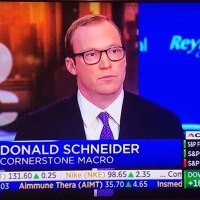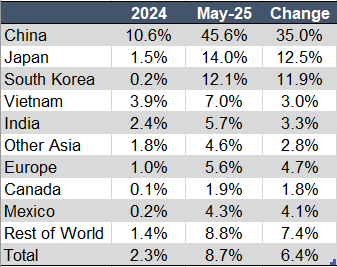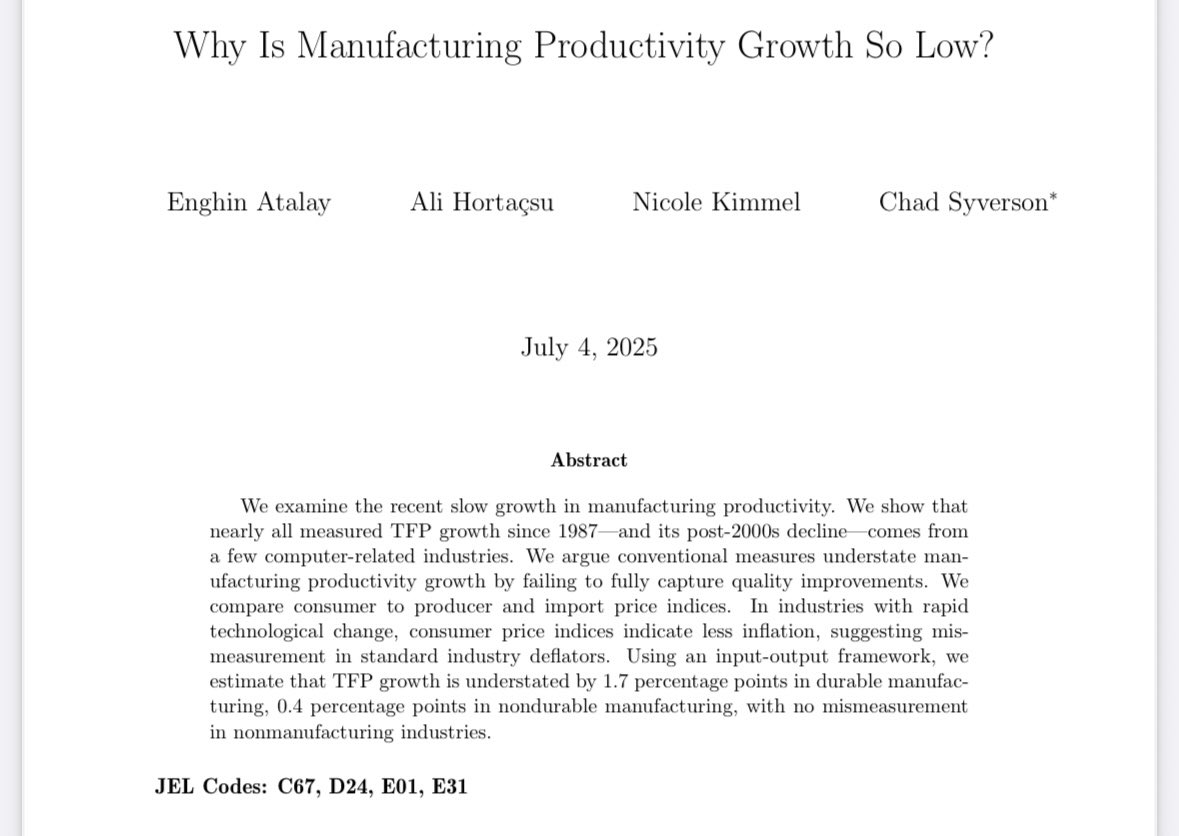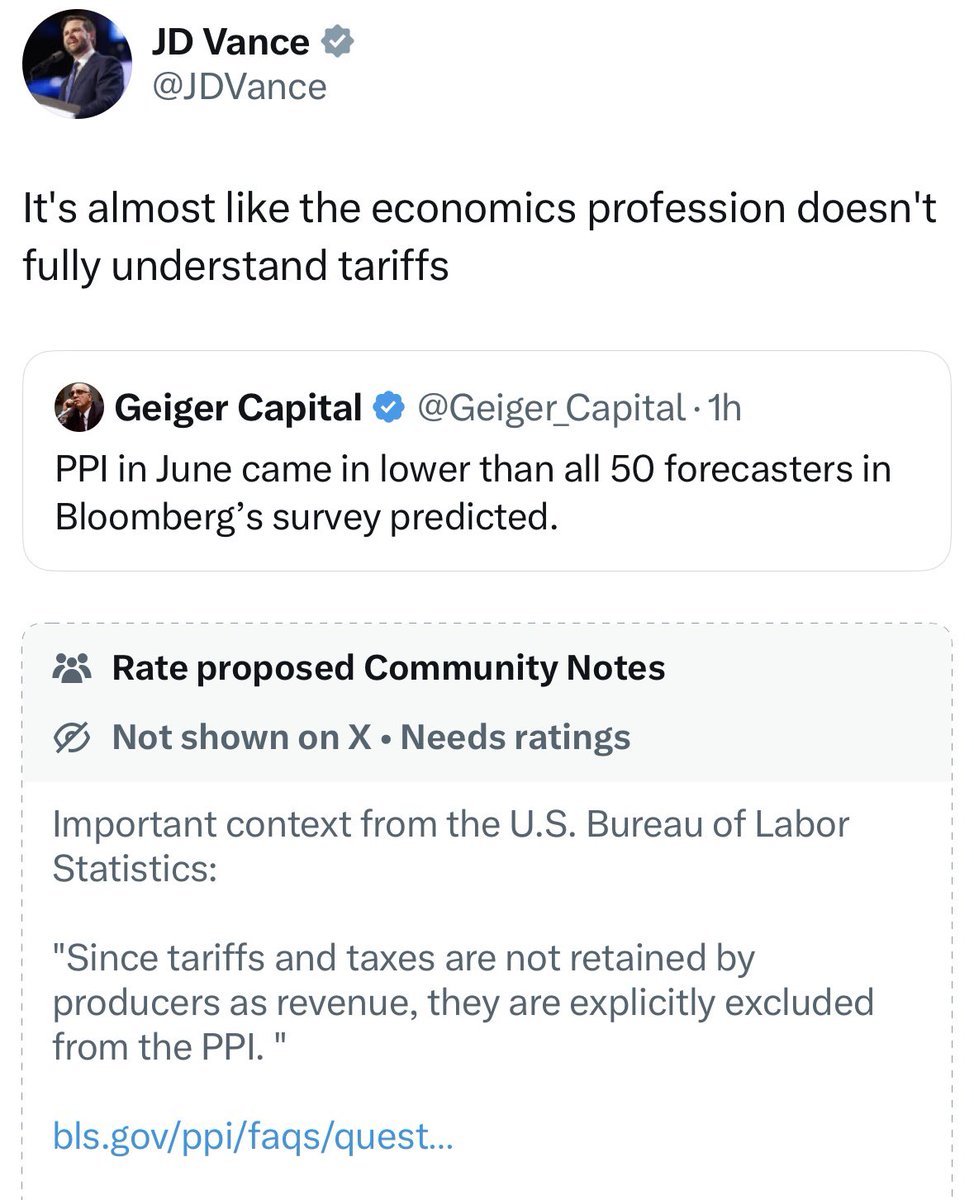
Donald Schneider
@donfschneider
Deputy Head of US Policy at Piper Sandler. Tweets on public policy and the economy. Formerly Chief Economist @waysandmeansgop. Personal views only.
ID: 889938636
https://www.pipersandler.com/research/macro-research 18-10-2012 23:36:01
8,8K Tweet
5,5K Followers
1,1K Following









Ben Jones NBER Let me highlight in particular our Tuesday 3:30-5pm panel discussion on tax policy and innovation with Glenn Hubbard Donald Schneider Tim Simcoe Stefanie Stantcheva, moderated by Ben Jones














